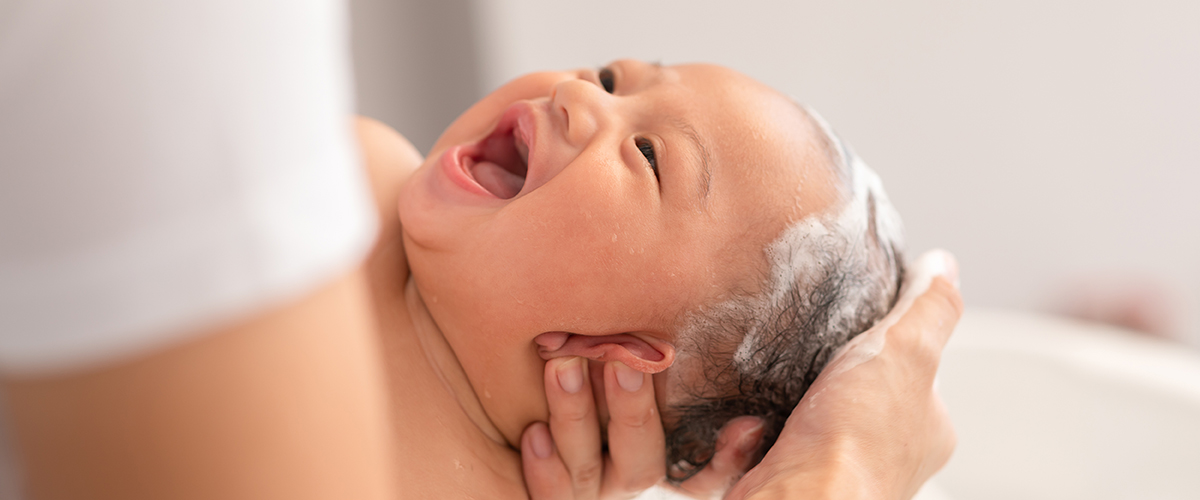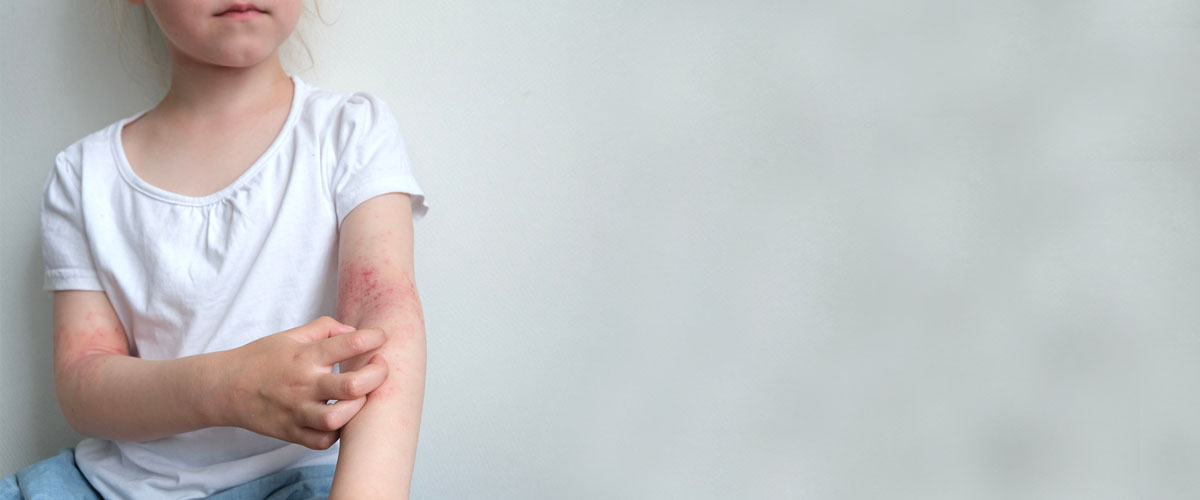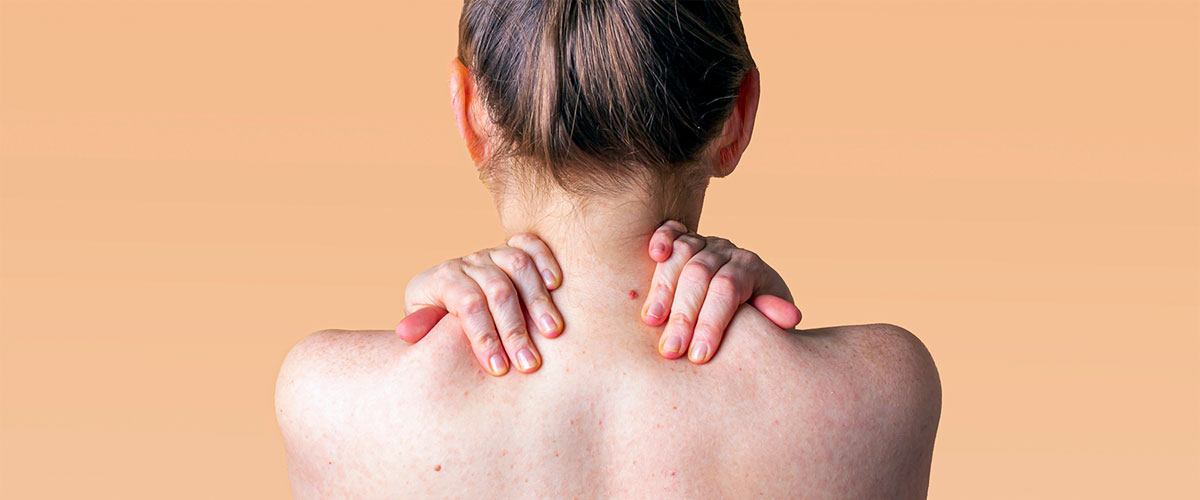Eczema in children is more common than you think and affects one in five infants, developing in the first year of life1. The hallmarks of eczema are dry, itchy and red skin on the face, tummy, arms and legs. Infantile eczema is common, with more than half of sufferers experiencing eczema signs within the first 12 months of life2. Most children will outgrow the condition, though a small percentage can experience severe symptoms into adulthood2.




